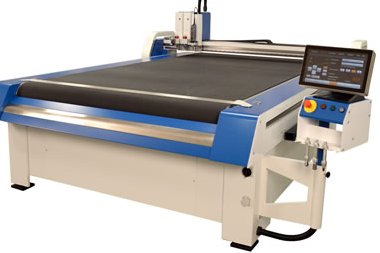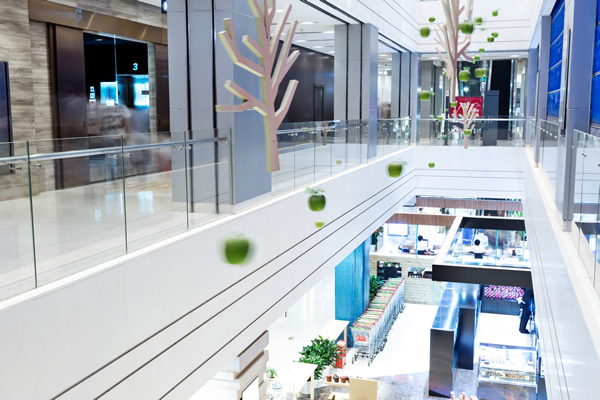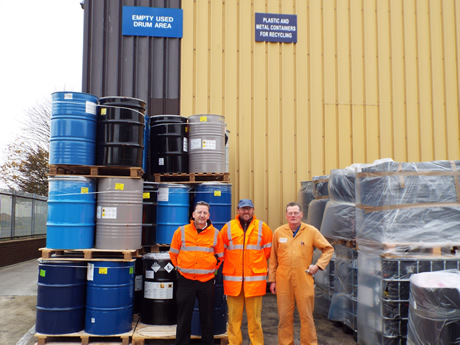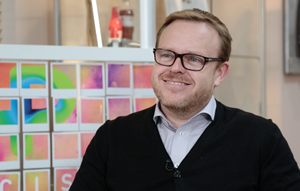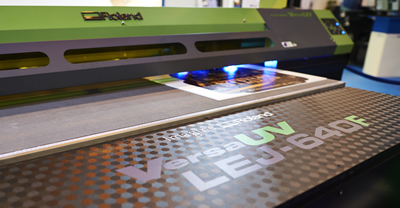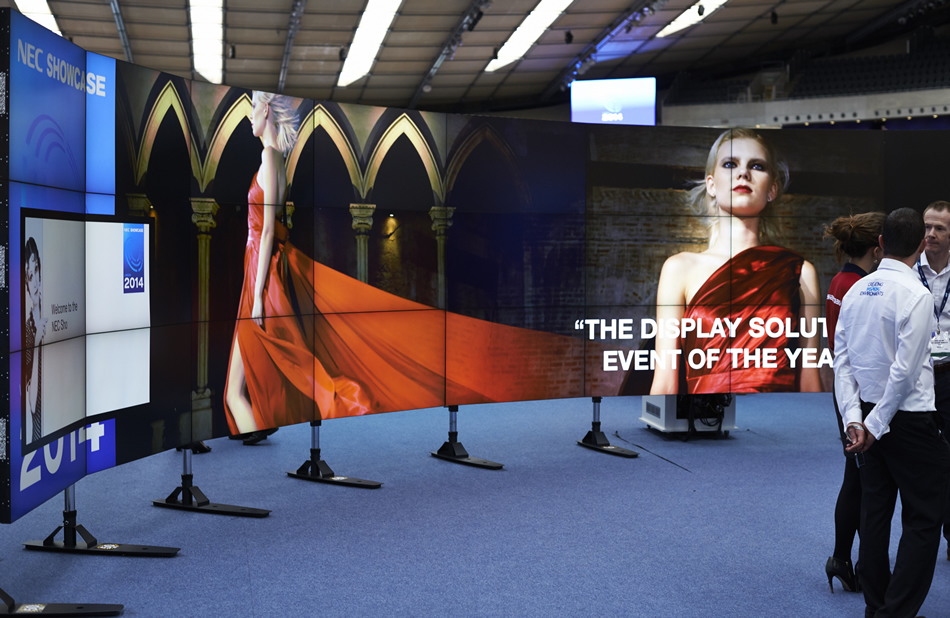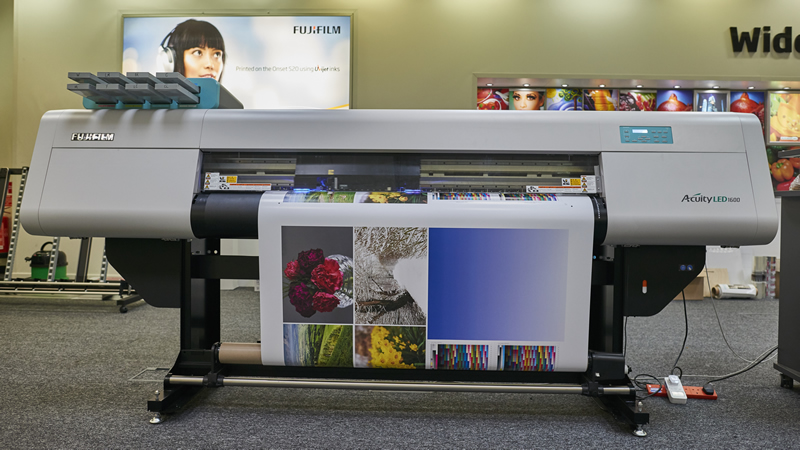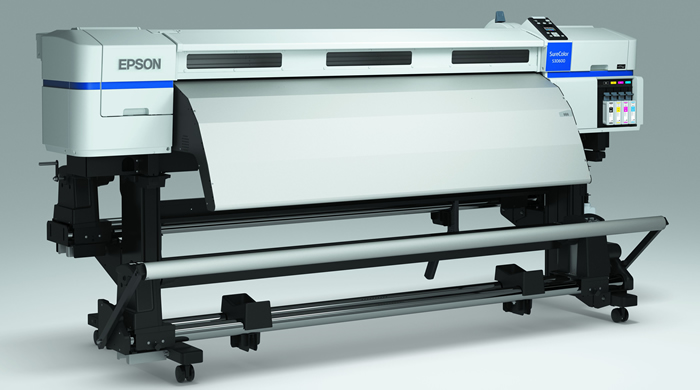As Sign and Digital UK 2015 prepares to open its doors, we take a peak at launches and introductions impacting the wide-format sector.
Features
Designs on retail?
You most likely deliver jobs for the retail sector. In which case, shouldn’t you be going to - if not exhibiting at - the new Retail Design Expo.
Over to you...Darren James, MD, Screentec
Darren James,
MD, Screentec
http://www.screentec.co.uk
What’s having the greatest impact on your business at the moment?
Right now, the greatest impact on our business are the massive changes in our sales process. After 17 years of ‘selling’ we're changing our culture and focusing on marketing processes, taking advantage of of internet based solutions such as Google, Facebook and LinkedIn.
Beating the drum
… for environmental action. A look at what makes Fujifilm Speciality Ink Systems a ‘Sustainable Innovation’ award winner.
When it comes to environmental credentials and programmes, the wide-format sector can hardly claim to be at the forefront, despite all the pro-green arguments.
Simon Tabelin, Founder and MD, ithastobebrilliant.com
You’ll probably think of ithastobebrilliant.com as Brilliant Media, or just plain Brilliant, or maybe you won’t even know it at all, which is understandable as its founder Simon Tabelin has “wanted it to be the industry’s best kept secret to lend it that air of exclusivity”.
IR talks to… Gary Peeling, CEO, Precision Printing
Towards the end of 2014 Barking-based Precision Printing took a controlling stake in Sunderland-based large-format PSP First2Print and became a partner in YourWalls.co.uk, a bespoke printed wallcoverings operation that that officially launched this January.
So what’s the thinking behind the move into large-format by the still privately owned, £15m turnover company led by high profile CEO Gary Peeling. I asked him!
By Lesley Simpson
All set for Shared Parental Leave?
A new system of Shared Parental Leave (SPL) means parents with babies due on or after 5 April 2015, will be able to take time off together or independently, to care for their child. The concept is simple but the regulations governing the new system are complex and likely to be challenging for employers to administer. Here Emma Capper,?associate at legal firm?HillHofstetter, talks you through preparations for that first request.
Bags of scope
Etailers are wanting to make human connection, and opening bricks and mortar stores. Walter Hale explores the phenomenon, which could well impact upon large-format print demand.
The high street is dead. We've heard predictions of the demise of bricks and mortar retail so often, most of us have come to assume it must be true. Yet if you look at the latest trends in American retail, it might be more accurate to say: the high street is dead! Long live the high street!
LED-ing the way
A growing number of UV-curable printers are using LEDs but is this trend set to continue? Nessan Cleary reports.
An enormous amount of technology goes into keeping inks wet enough to be able to lay them down onto a substrate without blocking the nozzles. But almost as much thought also goes into drying those inks without damaging the media. The way that the ink dries has a direct affect on the look of the image in terms of its colour saturation and overall glossiness so that the ability to control the drying system is a vital part of designing a printer.
Making more of digital signage
Nessan Cleary takes a look at how digital signage, otherwise known as narrow casting, could become a useful tool in your arsenal.
When it comes to simply displaying information in a cost-effective manner, it’s hard to beat a printed sign. Yet digital signs are popping up ever more frequently, and you can understand why. Last year, for example, British Airways used a digital screen in London’s Piccadilly for its ‘Look Up’ campaign, with a little boy pointing up at real planes as they flew high above the screen. Software was able to track actual flight data so that the boy was always pointing directly at a plane, which was identified on the screen. Clever stuff. So where does that leave those of you printing ‘traditional’ signs when the arguments for using digital screens seem so compelling?
On Test: Fujifilm Acuity 1600 LED
Roll-fed UV printers rely on image quality to justify their price tag but how well does the Acuity 1600 LED acquit itself? Nessan Cleary puts it to the test.
Elsewhere in this issue we’ve looked at UV LED curing so it seemed appropriate to test Fujifilm’s Acuity 1600 LED printer this month. This is a roll-fed UV printer that is based on a Mimaki chassis, though the print engine is all down to Fujifilm. The printheads are Fujifilm Dimatix Q class heads, which are the same industrial class heads used in the more expensive Inca Onset printers that Fujifilm also sells.
Hands On: Epson SC S30600
This entry-level solvent printer promises good image quality at a reasonable price. But what’s it like to live with? Nessan Cleary asked user Alan White of FastSigns Crawley.
Despite all the predictions of their demise, solvent printers remain the backbone of many wide-format print producers, particularly small bureaux. They're relatively cheap - from around £12,000 to £30,000 for most models – and there’s quite a few to choose from. They can generally produce good quality results suitable for outdoor display graphics for a wide range of different applications from banners to vehicle graphics. This month we've been looking at just one model - Epson's SureColor SC-S30600, the most affordable of its solvent printers. We spoke with user, designer Alan White of FastSigns Crawley, which installed a SureColor S30600 two years ago. His immediate comment on the machine was that “there’s not much downtime on it.”


